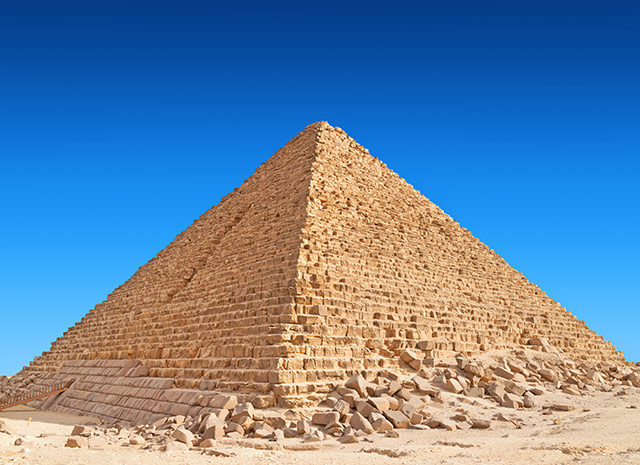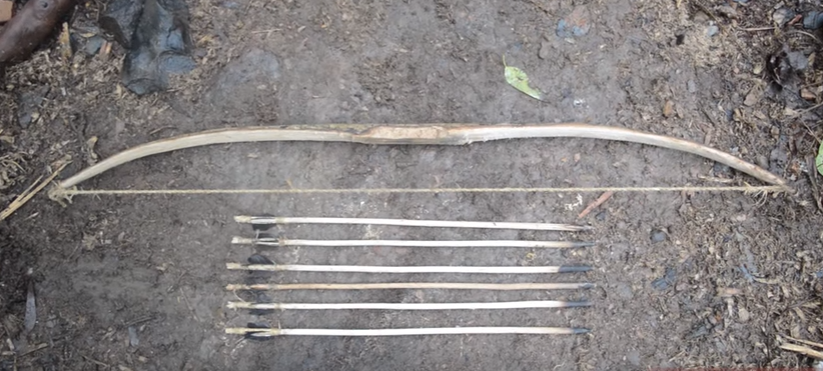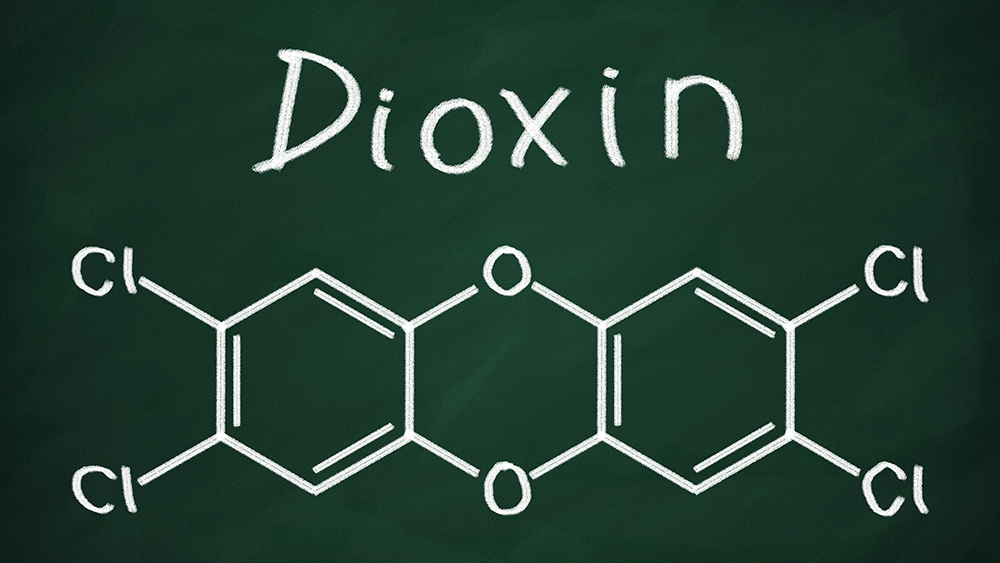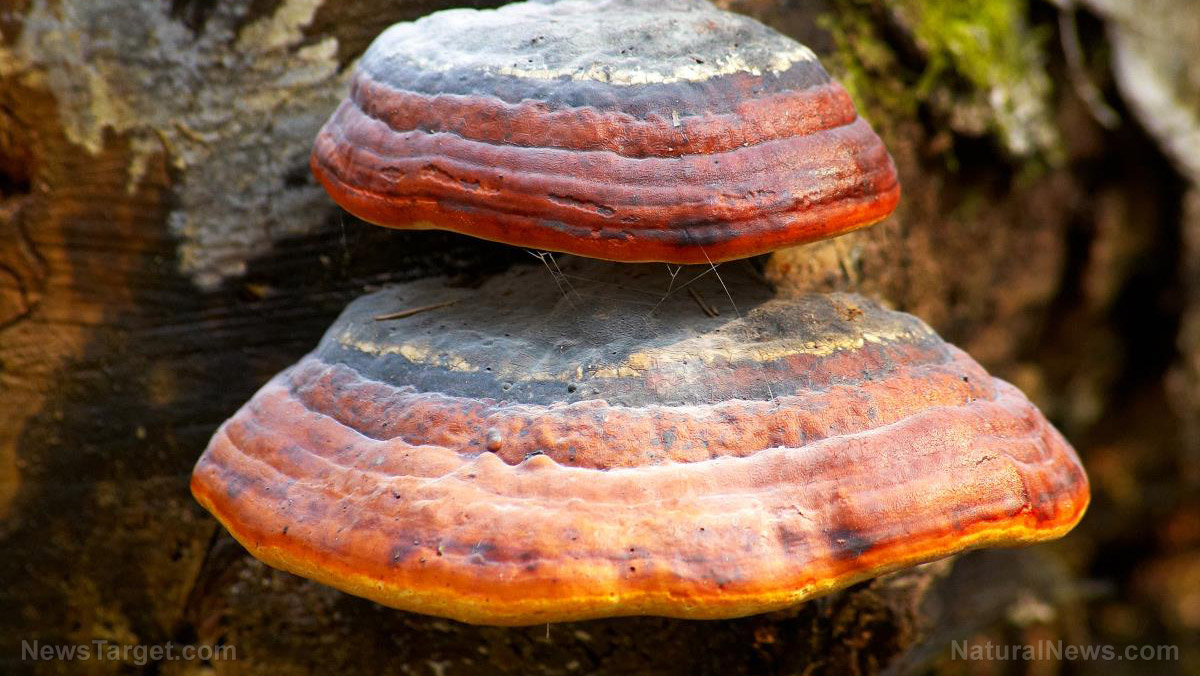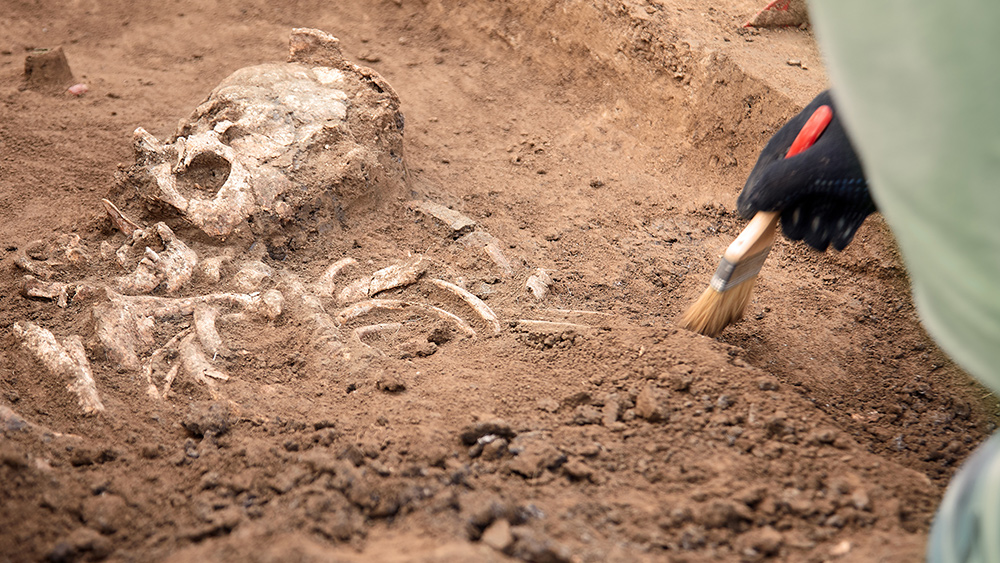South American countries planning to create LITHIUM CARTEL
03/12/2023 / By Kevin Hughes

South American countries Argentina, Chile, Bolivia and Brazil are planning to form a lithium cartel to turn more of their mined lithium into batteries and get involved in the electric vehicles (EVs) manufacturing sector.
The said countries are looking to emulate similar schemes, such as the Organization of the Petroleum Exporting Countries (OPEC), with regard to organizing production flows, pricing and good practices.
Argentina, Chile and Bolivia have been talking about it since July last year, when foreign ministers of each nation gathered at the Community of Latin American and Caribbean States (CELAC) conference in Buenos Aires.
The three nations form the so-called lithium triangle, which has about 65 percent of the world’s known resources of lithium and reached 29.5 percent of world production in 2020.
While Brazil’s lithium sector is relatively new, the country has the automaking experience and it is already an international case study in low carbon mobility – powering cars with ethanol, biofuels and natural gas.
With Sigma Lithium opening its Grota do Cirilo lithium mine in April, Brazil will have one of the few corporations with proven its capability to generate lithium in an environmentally sustainable manner.
“We have to prepare ourselves for what’s coming and be able to adapt — beginning perhaps with cells, working toward industrialization, and getting to batteries,” Argentina’s Mining Undersecretary Fernanda Avila stated in an interview.
A common interest in raising the benefits of high demand for batteries and rising prices has renewed regional talks for cooperation. Even Mexico has made moves to cooperate with its southern neighbors.
Studies suggest that Mexico has about 1.7 million tons of lithium reserves. While close to a dozen foreign corporations have active mining permits that plan to develop those possible deposits, Mexican President Andres Manuel Lopez Obrador has announced all of them will be “reviewed” in light of the current nationalization of the resource.
Argentina will be the No. 2 lithium producer in the world by 2027
JPMorgan said last year it anticipated Argentina to expand from supplying six percent of the world’s lithium in 2021 to 16 percent by 2030.
If the forecast proves to be correct, Argentina will surpass Chile as the No. 2 lithium producer in the world by 2027, just behind Australia.
Argentina has been accepting foreign investment since the 1990s, while Chile and Bolivia have been reluctant to permit foreign companies to use their reserves.
The country has attracted leading miners over the past two years, along with the world’s second-biggest miner Rio Tinto and South Korean steelmaker Posco.
Data from the Cámara Argentina de Empresarios Mineros, a group of mining businessmen, showed that investments in the lithium sector reached approximately $1.5 billion last year.
The group predicts that investments would reach more than $5 billion in the coming years, as the country presently hosts more than 20 projects in different stages of development.
Chinese carmaker Chery Inc. disclosed plans last month to construct a $400 million EV and battery plant in Argentina.
Fellow battery maker Gotion High-tech Co. is considering working with the administration of Jujuy, one of Argentina’s three lithium-producing provinces, while evaluating the creation of a lithium carbonate refinery in the area.
Chile is by far the largest lithium producer in the region, with a supposed output of 26 thousand metric tons in 2021. (Related: Chile is sitting on a lithium goldmine, but locals say that exploiting it will come at a terrible environmental cost.)
Production is focused exclusively in the Atacama desert, a part of the the so-called “lithium triangle” in South America, along with the salt flats in Bolivia and Argentina.
In spite of the overall increase in yearly output in recent years, Chile has not managed to keep pace with the increase in worldwide demand, losing a crucial share in global production.
This is at least partly connected to the government’s historically strict regulations, which provide Chilean mining company SQM and U.S.-based Albemarle exclusive exploration rights in the country.
Even though other mining corporations have begun investing in Chile’s lithium projects, the market’s development has encountered a great deal of resistance from environmentalists.
Meanwhile, Argentina’s reserves in the provinces of Jujuy, Catamarca and Salta have been a target of foreign investors in the past years. With foreign investment flowing in, lithium production in Argentina has more than doubled since the start of the decade.
Follow RoboCars.news for more news about lithium battery-powered electric vehicles.
Watch the video below to know how Mexico found the world’s largest lithium deposit.
This video is from The Last American Vagabond channel on Brighteon.com.
More related stories:
Lithium mining for electric vehicle batteries is harming indigenous groups in Arizona.
EV maker Tesla looking to set up lithium refinery in Texas, eyes tax relief.
Volkswagen reconsidering plans to build new EV battery plants in Europe due to soaring energy costs.
Sources include:
Submit a correction >>
Tagged Under:
Argentina, Australia, bolivia, Brazil, CELAC, Chile, electricity, EV, green energy, green power, Grota do Cirilo, lithium, Mexico, minerals, mining, OPEC, Sigma Lithium, South America, United States
This article may contain statements that reflect the opinion of the author
RECENT NEWS & ARTICLES
COPYRIGHT © 2018 BREAKTHROUGH.NEWS
All content posted on this site is protected under Free Speech. Breakthrough.news is not responsible for content written by contributing authors. The information on this site is provided for educational and entertainment purposes only. It is not intended as a substitute for professional advice of any kind. Breakthrough.news assumes no responsibility for the use or misuse of this material. All trademarks, registered trademarks and service marks mentioned on this site are the property of their respective owners.

